Key Sounds for Phonics

When we first teach students the sounds of the alphabet, we often get caught in a bit of a jumble. Right away, we encounter the elaborate spelling variations of English. We are teaching the sound that the letter a makes but it makes more than one so we add in complexity by explaining both the long a sound (ape) and the short a sound (apple). The same goes for many other sounds like g where we explain that it makes both the hard g sound (gorilla) and the soft g sound (giraffe). This goes on and on as we try, with the best of intentions, to teach our letter-sound system. Unfortunately, the end result can be quite confusing for those first getting started with phonics.
To simplify this process, a teacher and teacher educator named Muriel Dwyer came up with the key sound approach that helps us teach any partially phonetic alphabetic language (you can read more about this in her book A Path for the Exploration of Any Language Leading to Writing and Reading). The goal of the key sound approach is to simplify and then build.
Targeting Key Sounds
We start by assigning one sound to each single letter in the target language; just one sound to start even though we know many of these letters make different sounds in different words. But our goal at this first stage is simplicity and confidence-building, not complexity. We want to choose sounds that are more or less predictable. With this in mind, we teach short vowel sounds for each vowel and end up with some redundancy for consonant sounds (for example, both c and k make the 'kuh' sound). But, this approach leaves out long vowel and other sounds that are essential. So, we can't stop with single letters.
Next, we have to listen to our language to discover the other sounds that we just can't spell with single letters alone (like sh and th). For those, we need digraphs (two letters put together). Put together, the key sounds for single letters and digraphs should allow us to phonetically write any word in our language.
Here is a list of 43 key sounds that satisfies our criteria. They are color-coded to help learners see the patterns of vowel, consonant, and digraph use in English.
Not everyone agrees on the sounds included here and there may be slight regional variations to pronunciations. That is not a problem. We need not be sidetracked by the worthwhile debate over which sounds we should include or exclude. The Key Sound list above is completely workable and will give students the phonics foundations they need to start reading.
Including Digraphs Right Away
In the Key Sound approach, we explicitly teach students the letter and digraph sounds listed above at the same time! We don't hold digraphs back for later. Instead, we give students a visual representation for each sound they hear when people speak. This empowers them to begin engaging with written language.
We focus on sounds rather than letter names because it directly prepares students to read. A great way to teach these sounds is with the 3-period lesson using traceable letters (for younger students) or letter charts (for older students) like those pictured here.
Encoding Practice: Phonetic spelling is developmental
When we begin with this approach, we enable students to phonetically spell words. Phonetic spellings are thought to be a key step on the road to literacy. They are not something we need to correct at first. Phonetic spelling is developmental. It gives students practice using their new knowledge.
So, we don't have to get anxious when early writing works looks something like what's pictured below. We will refine misspellings quickly once children start reading. However, if a student looks to you and asks if they should use a c or a k, for example, give them the accurate information. Say something like, "Both of those letters make the right sound. But in this word, everyone got together and agreed that we'd use the k."
Decoding Practice
With practice phonetically spelling words, students are then able to phonetically read them. It's important here to work at the word-level with our explicit lessons. We want to build confidence and help the student understand that they now have the ability to read. We can do this by choosing only words that follow the predictable key sound patterns we have taught.
The 3-part format pictured below is an easy and elegant way to support word-based reading. Students simply:
- Layout the photo-only cards.
- Read the word labels and match them to the photo-only cards.
- Layout the control cards (photo and word) to check their own work.
Learning to self-assess is something that is often overlooked in traditional approaches to education. Ultimately, each of us benefits from being able to determine independently if our work is accurate or not. We don't want to always be asking someone else to tell us if we did something right. Self-correcting 3-part cards are an easy way to guide students along the self-assessment path.
Common Spelling Variations
Of course, we don't want students to persist with inaccurate spellings! So, we begin to gradually refine and introduce the peculiarities of the non-phonetic half of our language. To do this, we explicitly teach sight words and common spelling variations.
But with English, we can't possibly teach all spelling variations! That would require a PhD level of study. Instead, our goal is to teach common spelling variations so that we can build reading and spelling confidence. We do this with a reading folder system that isolates the spelling variations and ties them back to the key sound.
|
Key Sound |
Common Spelling Variations |
|
ai |
ai, a-e, ay, ei |
|
au |
au, aw |
|
e |
e, ea |
|
ee |
ee, ea, e-e, ie, y |
|
er |
er, ir, ur |
|
f |
f, ph |
|
ie |
ie, i-e, igh, y |
|
j |
j, ge, gi |
|
oa |
oa, o-e, oe, ow |
|
or |
or, ore |
|
ou |
ou, ow |
|
oy |
oy, oi |
|
s |
s, ce, ci |
|
ue |
ue, ew, oo, u-e |
Non-Phonetic Word-Level Reading
With this foundation built, there are innumerable word-level based reading activities students can now undertake. We must be careful here not to separate mechanics from context. Our ultimate goal is comprehension and, as it turns out, context is like glue that helps new words stick in our memory.
An easy way to build word-level reading skills that is linked with context is via self-correcting 3-part reading cards. The pictures provide the context. We can choose the titles we offer based on the interests of our students. If they love dogs, we give them dog 3-part cards. If they love cars and trucks, we give them the transportation 3-part cards.
As they repeatedly expand their reading at the word-level, their internal dictionary of known words expands. This makes it easier for them to read all kinds of things that may interest them.
Word Study & Grammar
So far, much of our explicit lessons are focused on word-level reading with pictures. The student, of course, is applying this new knowledge when they read books. Now, our explicit lessons intentionally branch into multiple words, phrases, and eventually sentences. In this way, we can add complexity without overwhelming the student. The adjective work pictured here is one example. Students layout the noun cards and then find an adjective that they think best modifies the noun.
The student is using their existing and developing knowledge to make sense of what words work together. This is not only essential for comprehension but just plain fun! These open-ended activities let children express themselves in unexpected ways while testing the limits of language.
If we've done our job well, we have created a sense of inquisitiveness about the roots of language. This opens the door for analyzing words (word study) and how they fit together (grammar). You can gain a broader understanding of word study activities (like antonyms, synonyms, contractions, etc.) by looking at our Word Study materials. You can also learn more about how this approach works in teaching Grammar (function of words) to very young pupils.
Science of Reading
I hope this has given you a general understanding of the logic of the Key Sound approach to teaching phonics. This approach is supported nicely by Science of Reading research because it is explicit, sequential, multi-sensory, playful, self-correcting, and interest-based. Yet it is really quite simple and you don't need a new curriculum kit every few years to do it.
What do you think? Is this too simple to work or is it elegantly straight forward? Please add your thoughts to the comments below. We can all benefit from your thinking!
Postscript: The Role of Student Interest
Many of the activities and materials described here are open-ended. They empower student expression and creativity. They allow students to work with topics that matter personally to them. By so doing, we are everyday reinforcing the notion that each student has something worthwhile to say; that each voice matters.
When we empower students to read what interests them, we help them persist. Decodable readers may be what interests them but those often prioritize phonics over delightful writing. The truth is, students may be curious about heady topics or compelling stories that seem beyond their reading capacity. We should not let this discourage them. If a student is truly interested in a book, they are likely to persist. Interest must be the key driving factor in helping students self-select reading material. Allow them to choose and then choose again if they find themselves in over their head. Maintain a light-heart towards error. (This self-selection process helps them develop their ability to self-assess and self-monitor.)
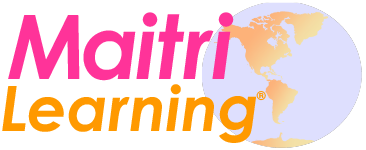










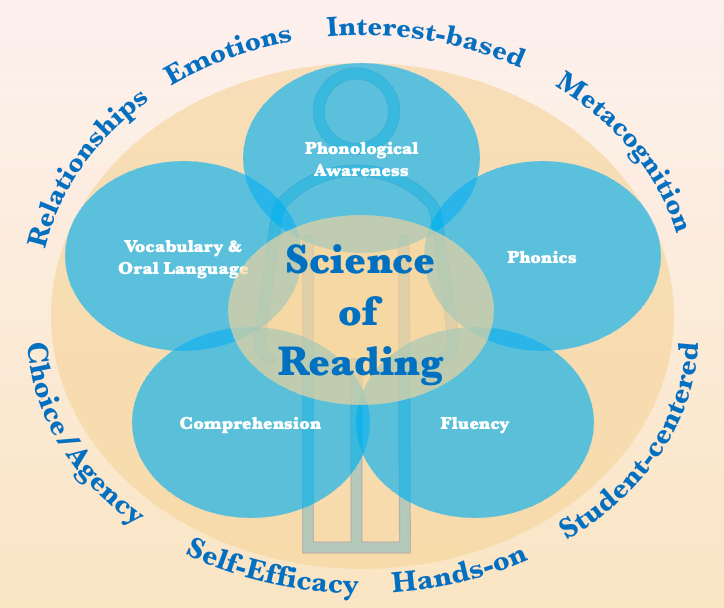
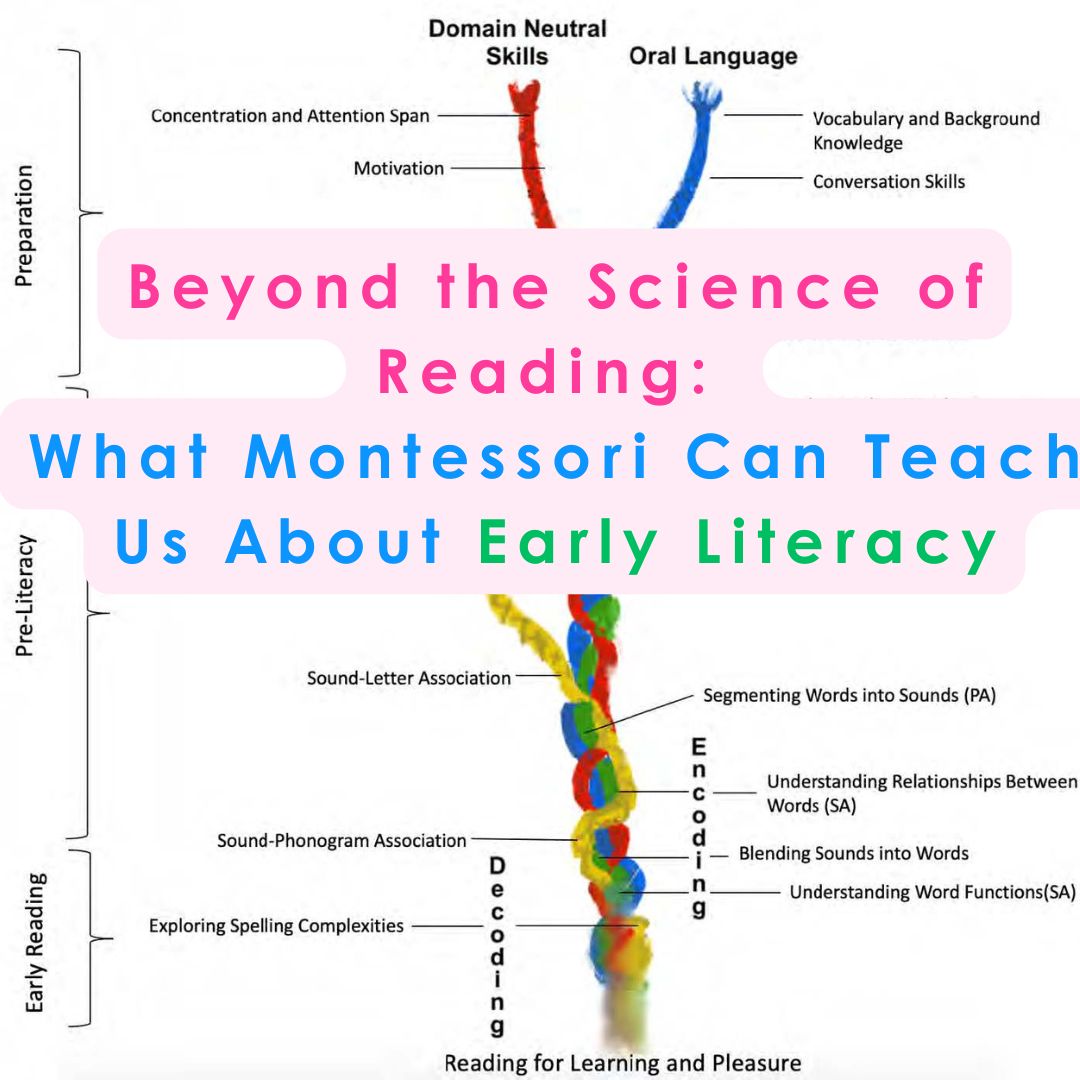

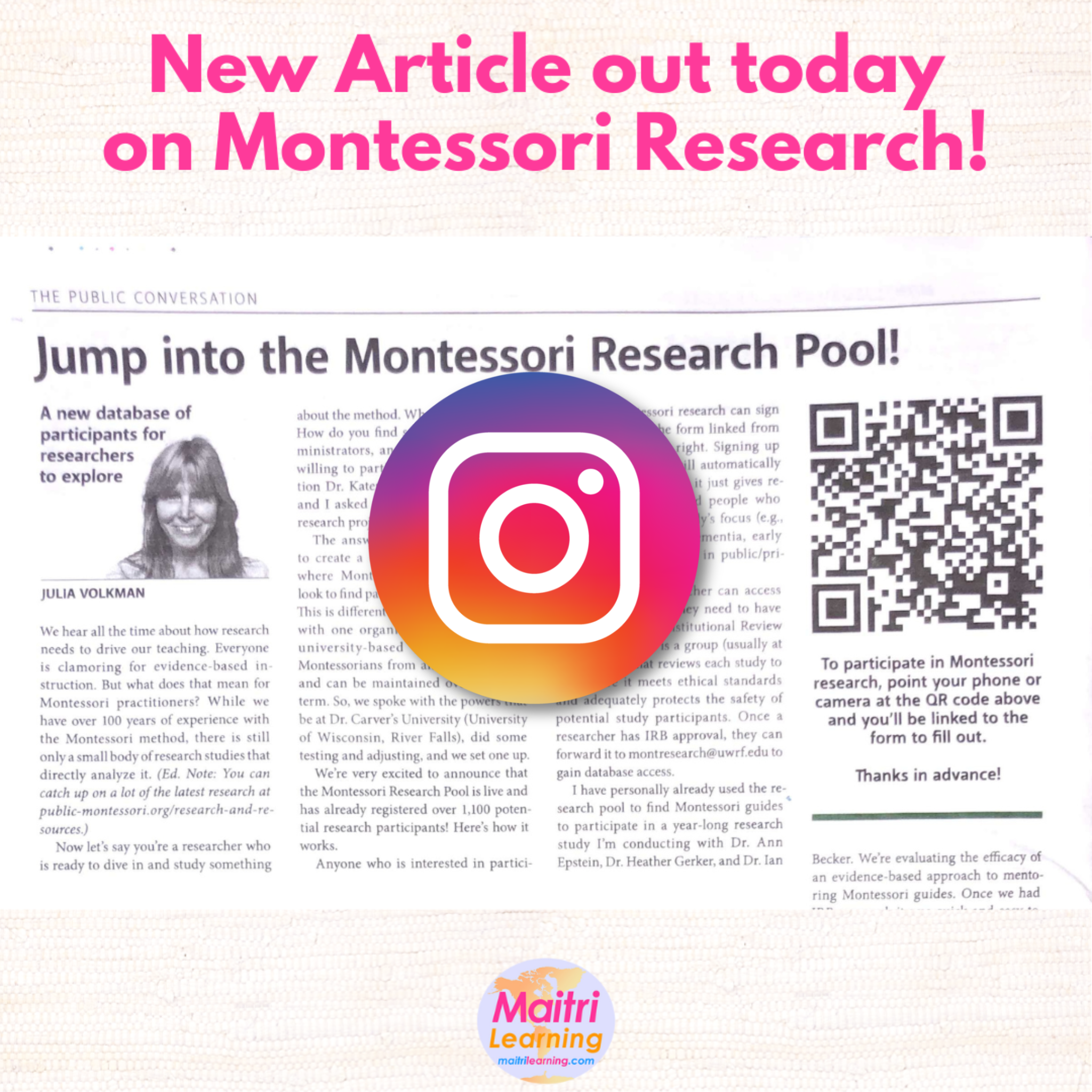

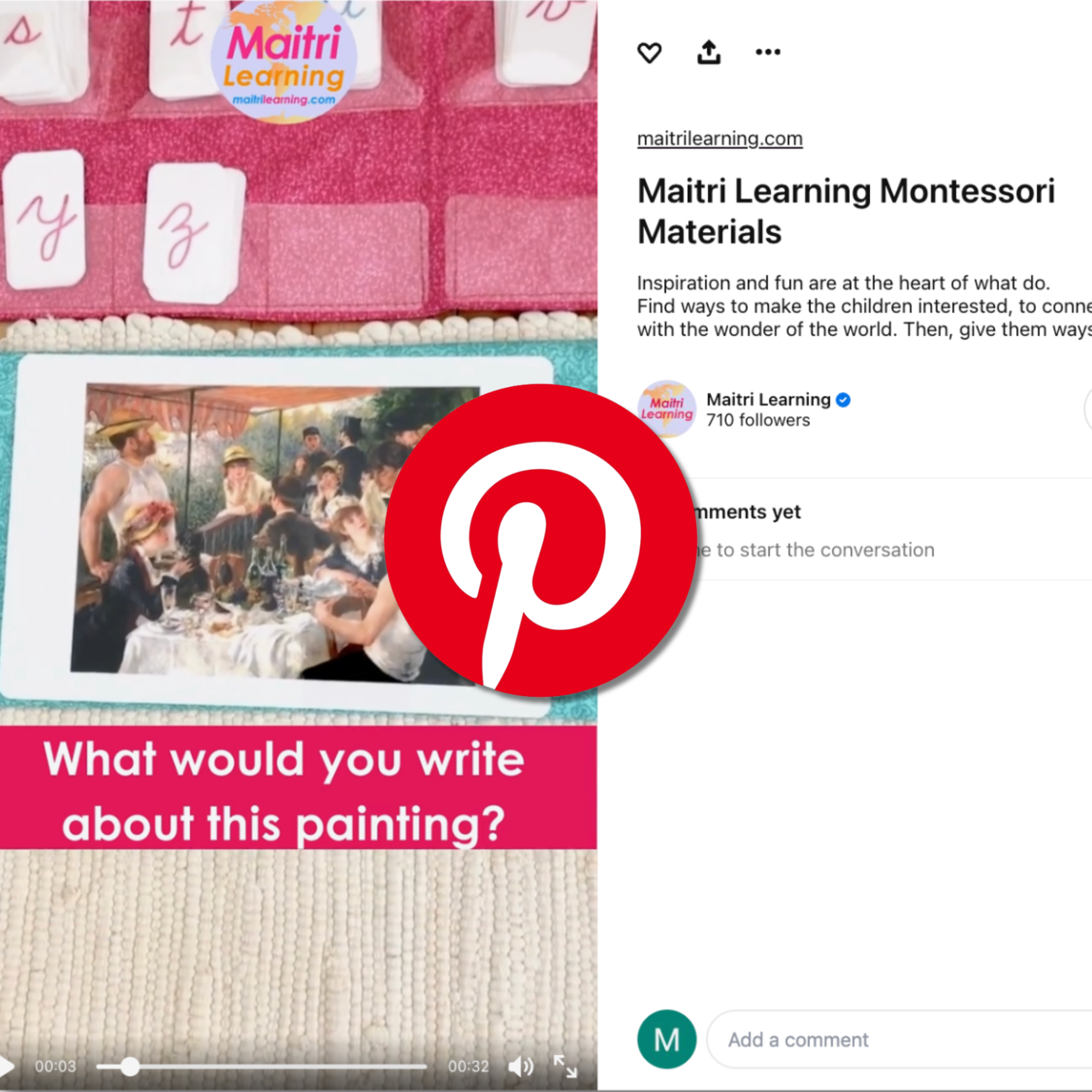
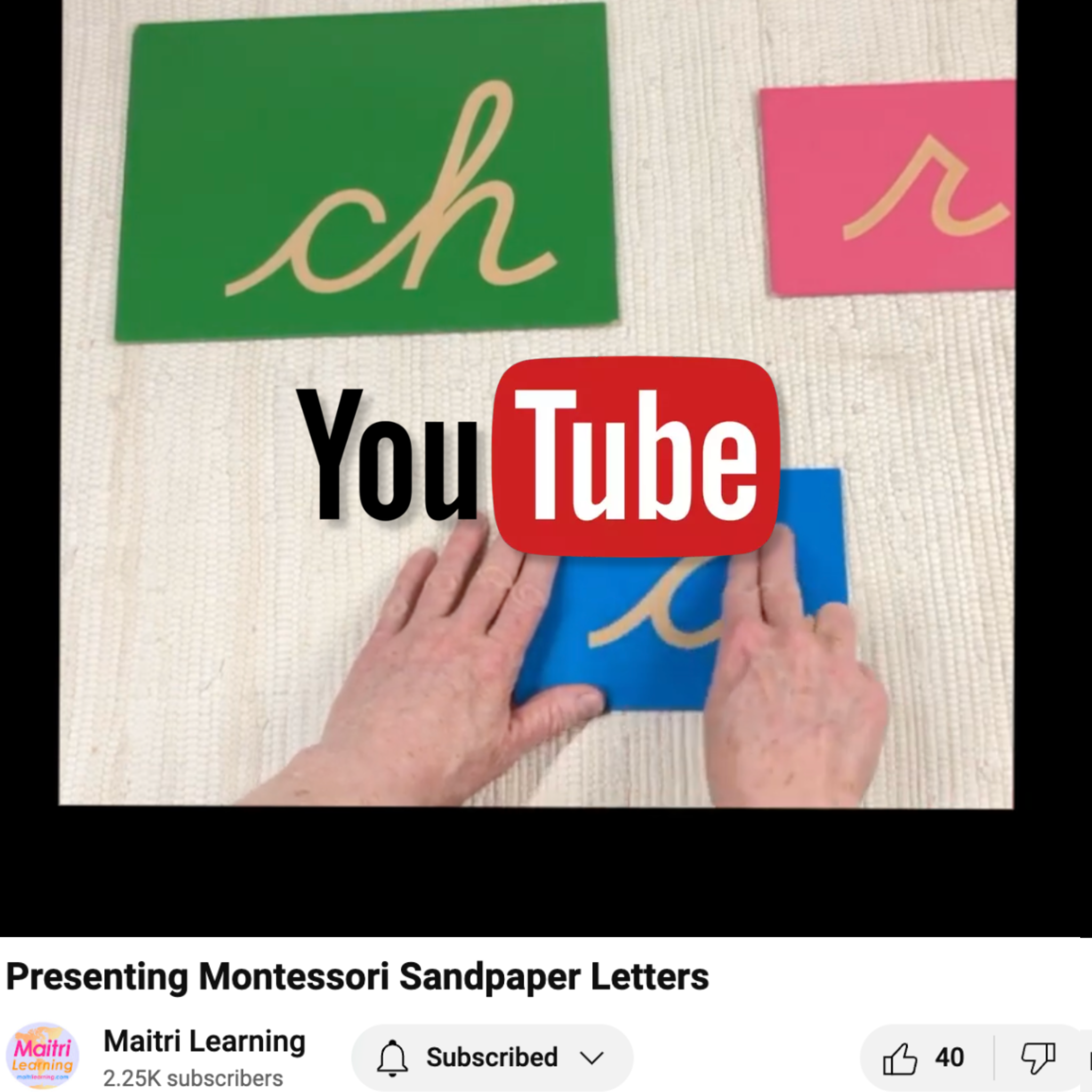
Leave a comment
This site is protected by hCaptcha and the hCaptcha Privacy Policy and Terms of Service apply.